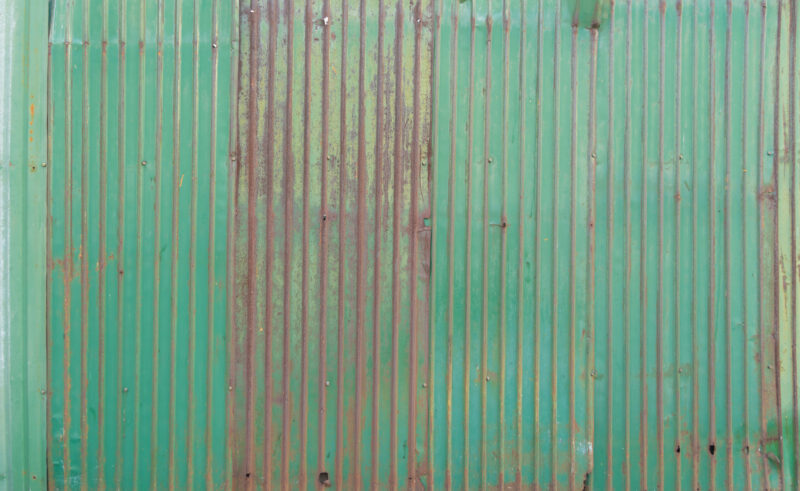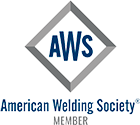Blog Steel Commander Corp
How To Prevent Rust and Corrosion on Your Steel Building

Preventing rust and corrosion in a steel building involves a combination of proper design, regular maintenance, and protective coatings. We are here to ensure that your building will last a lifetime. However, here are some tips to ensure the longevity of your investment:
- Galvalume Steel:
- Galvalume steel is a type of steel product that is coated with a combination of aluminum, zinc, and sometimes silicon. This coating provides enhanced corrosion resistance, heat resistance, and lifespan compared to traditional galvanized steel. The name “Galvalume” is a combination of “galvanized” and “aluminum.”
- Painting:
- Apply a high-quality paint or coating to the steel surface. The paint creates a protective barrier that prevents direct contact between the steel and environmental elements.
- Ensure that the paint is specifically designed for metal surfaces and is resistant to weather conditions.
- Regular Inspection:
- Regularly inspect the steel building for any signs of rust or corrosion. Pay close attention to areas that are prone to moisture, such as joints, seams, and areas with poor drainage.
- Cleaning:
- Clean the steel surfaces regularly to remove dirt, debris, and other contaminants that can contribute to corrosion.
- Use mild detergents or specialized cleaning solutions that won’t damage the protective coatings.
- Proper Drainage:
- Ensure proper drainage around the building to prevent standing water, which can accelerate corrosion.
- Keep gutters and downspouts clean and in good condition to direct water away from the building.
- Cathodic Protection:
- Consider using cathodic protection methods such as sacrificial anodes or impressed current systems. These systems help to prevent corrosion by diverting the electrochemical process away from the steel.
- Seal Joints and Gaps:
- Seal joints, gaps, and seams to prevent moisture infiltration. This is particularly important in areas where water can accumulate.
- Ventilation:
- Ensure proper ventilation inside the building to reduce humidity levels. Moisture in the air can contribute to corrosion, so maintaining good airflow is crucial.
- Avoid Chemical Exposure:
- Minimize exposure to chemicals that can accelerate corrosion. This includes harsh cleaning agents or industrial chemicals that may come into contact with the steel surfaces.
- Professional Maintenance:
- Schedule regular professional inspections and maintenance to address any potential issues promptly.
By implementing these measures, you can significantly reduce the risk of rust and corrosion in a steel building, ensuring its durability and longevity.




















